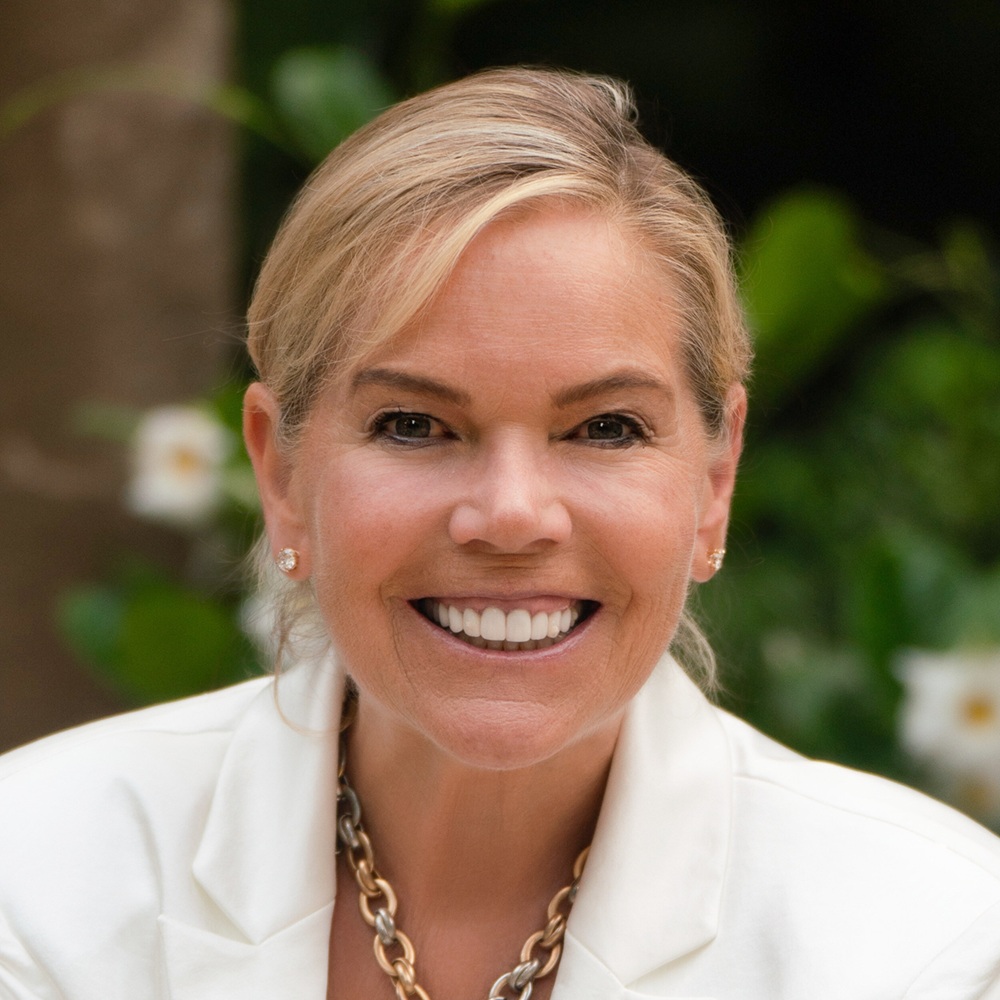A One-Time Financial Plan: Valuable or Dangerous?
Financial planning is not a set-it-and-forget-it exercise. While a one-time plan can help in the moment, ongoing financial planning rolls with your changes.


Money flows through almost every aspect of your life. Whenever your job, your family or your property changes, for better or worse, your financial picture changes. That means your financial plan has to continually evolve.
That begs the question, what does a financial plan actually do for you? Do you even need a financial plan? Or, do you need financial planning?
It’s smart to recognize there’s a difference between getting a one-time financial plan and hiring a financial adviser to provide ongoing financial planning. Understanding that distinction can help you avoid costly mistakes and get the right level of guidance.
From just $107.88 $24.99 for Kiplinger Personal Finance
Become a smarter, better informed investor. Subscribe from just $107.88 $24.99, plus get up to 4 Special Issues

Sign up for Kiplinger’s Free Newsletters
Profit and prosper with the best of expert advice on investing, taxes, retirement, personal finance and more - straight to your e-mail.
Profit and prosper with the best of expert advice - straight to your e-mail.
What a one-time financial plan is and is not
Let’s first discuss the purpose of a one-time financial plan and its benefits.
At its core, a one-time financial plan is intended to provide a detailed picture of your current financial situation. Think of a plan as a snapshot of one point in time showing the status of your overall financial health. Having an accurate, updated and detailed picture of your finances can be very useful.
A one-time financial plan can be especially valuable when you’re facing a life-changing or complicated money decision, such as claiming Social Security benefits, buying a home in a high-interest-rate environment, deciding whether to fund a Roth IRA or boost your 401(k) contributions, investing in a rental property, evaluating your insurance needs or selling your business.
For those preparing to exit the workforce, having a plan is essential to determine whether you can even afford to retire. Further, it can guide you through various retirement decisions, such as choosing a pension payout, evaluating long-term care options and planning around RMDs and Roth IRA conversions.
So, a one-time financial plan is most valuable when confronted with a big financial decision. But it is an assessment limited to only your current situation. And that’s where the danger lies.
People get into trouble using a one-time financial plan because they think it will help guide their financial future. It’s not a roadmap. A one-time financial plan is a snapshot, whereas your life is a movie.
The danger of a one-time financial plan
Unlike a static financial plan, ongoing financial planning is dynamic. Your personal financial life is constantly changing and so is the overall market and economy. As a result, your one-time financial plan has a shelf life. After a while, it gets stale.
If you consult an old financial plan, you risk making misguided decisions based on outdated information. You may also miss opportunities that have arisen since your plan was created. Your outdated financial plan no longer reflects your life circumstances or addresses the decisions you should make for your new life. For example, investments recommended to you in your old plan may no longer be the best options for you.
If you're considering getting a one-time financial plan, carefully weigh the benefits and drawbacks. And if you do decide to go ahead with it, consult a qualified fee-only financial adviser who can provide a plan based on your (and your family’s) entire financial picture.
People often ask advisers for a “financial plan,” which, again, even when it includes investment advice, serves as a current assessment. But what you may really need is guidance with advice, something one-time plans can’t provide.
Retirement planning, for example, requires periodically stress-testing all your cash-flow assumptions now and into the future, using various what-if scenarios so you can course-correct knowing your circumstances are changing. Engaging with a fiduciary adviser for comprehensive ongoing financial planning (and investment strategy) helps make sure you stay on track to reach your desired outcome. (My company, Wealthramp, can recommend an adviser who fits your priorities.)
One-time financial plan vs. ongoing financial planning
What most people need as they move further along their financial journey is a planning process that adjusts as you go. Whether you do the planning yourself or seek help from a professional, the key is being able to see for yourself how you won’t run out of money after you stop working.
Whereas a one-time financial snapshot usually means paying an adviser a one-time fee, ongoing financial planning involves a living plan that comes with investment advice for an annual fee. Think of it as the difference between 2-D and 3-D views of your financial life.
Ongoing financial planning means you have a partner in your financial decision-making and a dynamic financial plan that adapts to changes in your cash flows, interest rates, investments, taxes, incomes and home life. Beyond the numbers, an experienced financial adviser can help you manage change and avoid emotional decisions when the markets are down. For couples, an adviser can be a valuable third party to help them communicate and get on the same page money-wise.
Financial planning is especially valuable for people with complex financial situations. This includes people nearing retirement, those who have significant tax planning needs or those going through a major life change like an inheritance, marriage, divorce or the birth of a child. Robust and detailed financial planning, when done correctly, should give you a sense of confidence and peace of mind.
The biggest misconception about ongoing financial planning is that you must be wealthy to afford it. There are highly qualified financial advisers working with clients of all income and asset levels. They can spend a few hours a year collaborating, educating and talking through your investing and planning decisions. Many of them work with clients for just a few hundred dollars a year.
If you're thinking about hiring a financial adviser, be sure to choose one who is a fiduciary and fee-only, which means that they are legally obligated to act in your best interests and do not get paid commissions (or kickbacks) from third parties. Your adviser should work only and directly for you. (To find out more about advisers’ fees, see my article Should I Pay a Financial Adviser an Assets Under Management Fee?)
related content
- Finding a Balance in Financial Planning: The Tale of Two Fathers
- For Financial Planning Success Now, Start by Looking at the Past
- Glass-Half-Empty Retirement Outlook? Here’s Some Advice
- What Fee-Only Financial Advice Really Means – and Why It Matters
- Financial Planning in an Age of Increasing Longevity
Profit and prosper with the best of Kiplinger's advice on investing, taxes, retirement, personal finance and much more. Delivered daily. Enter your email in the box and click Sign Me Up.

With more than 25 years in investor advocacy, Pam Krueger is the founder and CEO of Wealthramp, an SEC-registered adviser matching platform that connects consumers with rigorously vetted and qualified fee-only financial advisers. She is also the creator and co-host of the award-winning MoneyTrack investor-education TV series, seen nationally on PBS, and Friends Talk Money podcast.
-
 Nasdaq Sinks 418 Points as Tech Chills: Stock Market Today
Nasdaq Sinks 418 Points as Tech Chills: Stock Market TodayInvestors, traders and speculators are growing cooler to the AI revolution as winter approaches.
-
 23 Last-Minute Gifts That Still Arrive Before Christmas
23 Last-Minute Gifts That Still Arrive Before ChristmasScrambling to cross those last few names off your list? Here are 23 last-minute gifts that you can still get in time for Christmas.
-
 The Rule of Compounding: Why Time Is an Investor's Best Friend
The Rule of Compounding: Why Time Is an Investor's Best FriendDescribed as both a "miracle" and a "wonder," compound interest is simply a function of time.
-
 If You're a U.S. Retiree Living in Portugal, Your Tax Plan Needs a Post-NHR Strategy ASAP
If You're a U.S. Retiree Living in Portugal, Your Tax Plan Needs a Post-NHR Strategy ASAPWhen your 10-year Non-Habitual Resident tax break ends, you could see your tax rate soar. Take steps to plan for this change well before the NHR window closes.
-
 Could Target-Date Funds With Built-In Income Guarantees Be the Next Evolution in Retirement Planning?
Could Target-Date Funds With Built-In Income Guarantees Be the Next Evolution in Retirement Planning?With target-date funds falling short on income certainty, retirement plans should integrate guaranteed income solutions. Here is what participants can do.
-
 Your Year-End Tax and Estate Planning Review Just Got Urgent
Your Year-End Tax and Estate Planning Review Just Got UrgentChanging tax rules and falling interest rates mean financial planning is more important than ever as 2025 ends. There's still time to make these five key moves.
-
 What Makes This Business So Successful? We Find Out From the Founder's Kids
What Makes This Business So Successful? We Find Out From the Founder's KidsThe children of Morgan Clayton share how their father's wisdom, life experience and caring nature have turned their family business into a respected powerhouse.
-
 I'm a Financial Adviser: The Fed's Rate Cuts Could Have Impacts You Might Not Anticipate
I'm a Financial Adviser: The Fed's Rate Cuts Could Have Impacts You Might Not AnticipateUnderstanding how lower interest rates could impact your wallet can help you determine the right financial moves to make.
-
 Past Performance Is Not Indicative of Your Financial Adviser's Expertise
Past Performance Is Not Indicative of Your Financial Adviser's ExpertiseMany people find a financial adviser by searching online or asking for referrals from friends or family. This can actually end up costing you big-time.
-
 I'm a Financial Planner: If You're Not Doing Roth Conversions, You Need to Read This
I'm a Financial Planner: If You're Not Doing Roth Conversions, You Need to Read ThisRoth conversions and other Roth strategies can be complex, but don't dismiss these tax planning tools outright. They could really work for you and your heirs.
-
 Could Traditional Retirement Expectations Be Killing Us? A Retirement Psychologist Makes the Case
Could Traditional Retirement Expectations Be Killing Us? A Retirement Psychologist Makes the CaseA retirement psychologist makes the case: A fulfilling retirement begins with a blueprint for living, rather than simply the accumulation of a large nest egg.